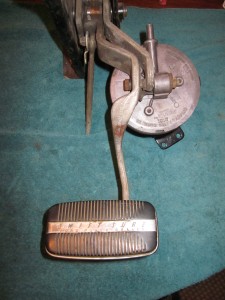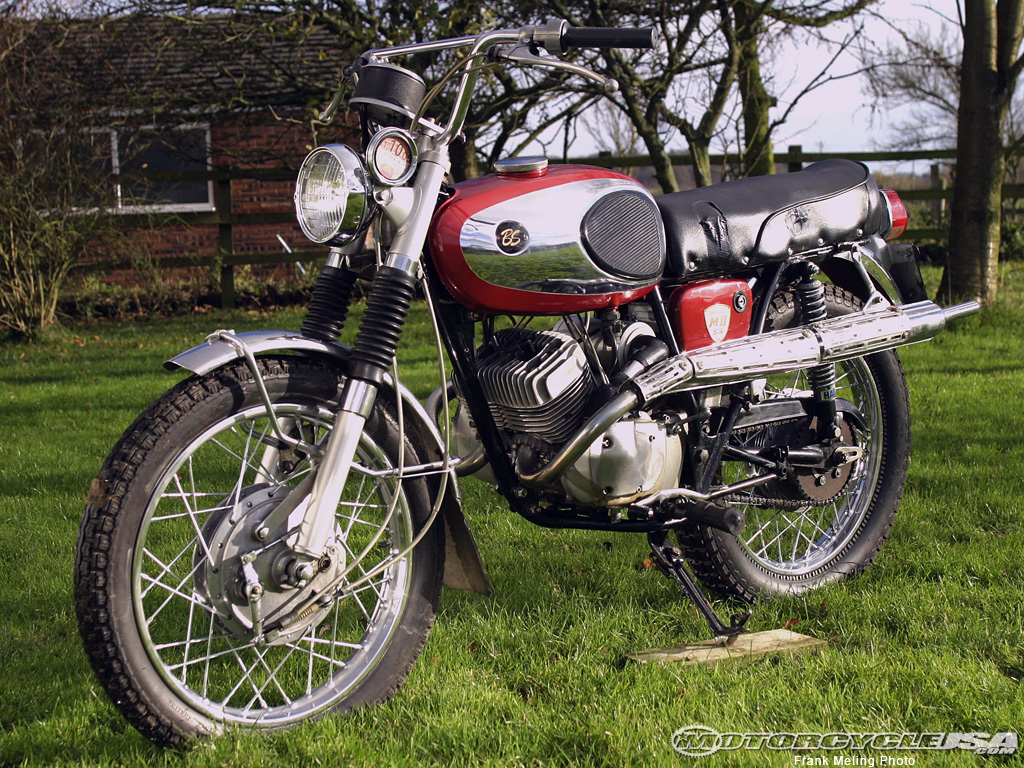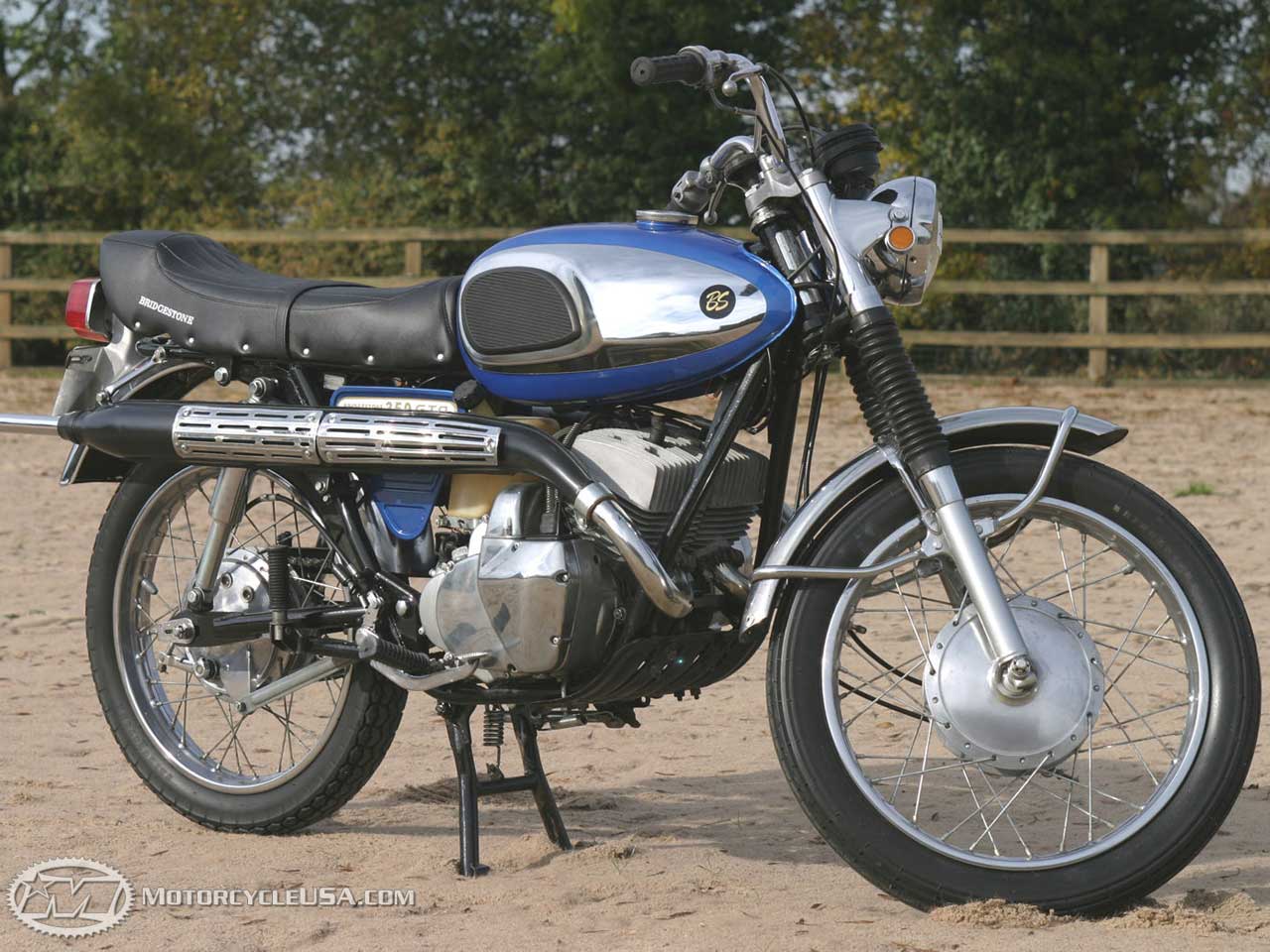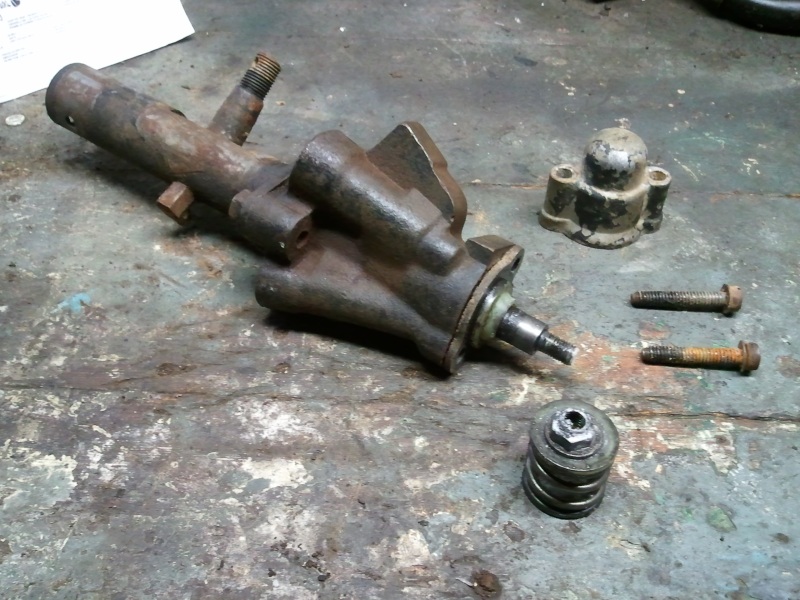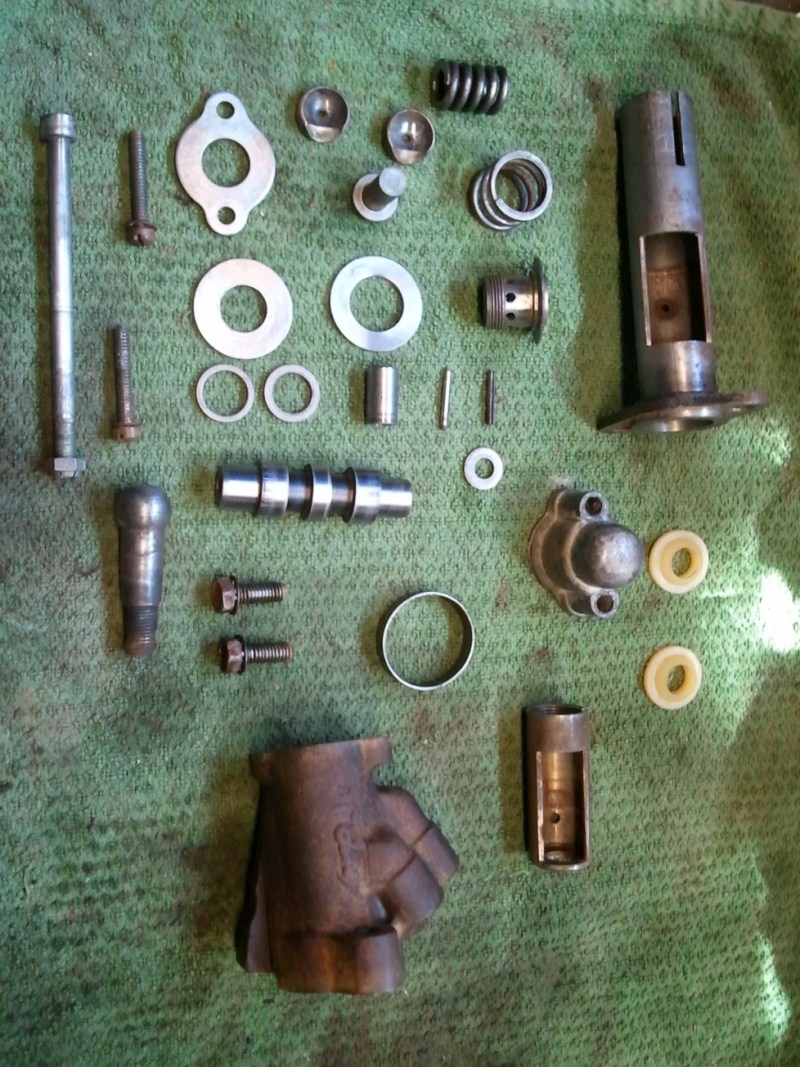
When I first got the car, it had to warm up forever or it would stall. At stop lights, I had to be careful to feather the
gas pedal to keep it from quitting on me. I enjoy an occasional adrenaline rush, but not at every intersection!
Anyway, our first order of business was to get the car running better. This would end up taking a while as we troubleshooted/fixed/replaced/fiddled with different parts of the engine over several months.
First, we ordered a rebuilt
carburetor and my dad and I installed it. With the new carb, the car ran strong on straightaways with no hesitation but ran rough at slow speeds. After that, we did a tune up, replacing the
spark plugs and wires,
distributor cap and rotor.
Next, I drove the car to my brother’s place and he adjusted the fuel/air mixture, fiddled with the vacuum advance tubing, and reconnected the kickdown rod. The hesitation was 99 percent gone after all that. When I drove home I got stuck in bumper-to-bumper traffic and the car never stalled or overheated. Yay!
The last piece of the puzzle was the
fuel pump, which was going bad. As soon as we replaced that (only $30), the car ran better than ever. Now I can drive it without worrying about being stranded (although I do have
roadside assistance through my insurance so I can get a tow home if that happens).
Update: Even though the car is more reliable and runs smoothly now, the engine leaks oil, and could use a reseal. I’m hoping to get this done in September/October 2010 (more on this later).


